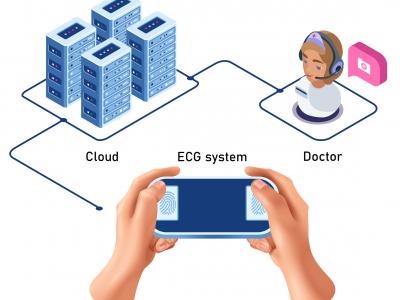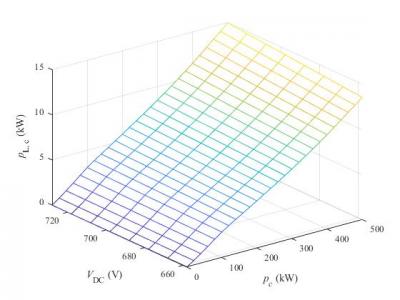Artificial Intelligence

This is a data set resulting from the collaboration of the user and Phantom Premium $1.5$A Haptic Device, Geomagic Inc. Five right-handed users performed the task of tracking squiggly line in 6 trials. Since there is a significant difference between the performance of the trials done by the dominant hand and with ones performed by the non-dominant hand, we consider trajectories of the dominant hand of the users as expert data and trajectories coming from the other hand as novice data. This assumption is due to the fact that our dominant hand is fully trained to skillfully perform elaborate
- Categories:
 118 Views
118 ViewsPlease cite the following paper when using this dataset:
N. Thakur, “MonkeyPox2022Tweets: A large-scale Twitter dataset on the 2022 Monkeypox outbreak, findings from analysis of Tweets, and open research questions,” Infect. Dis. Rep., vol. 14, no. 6, pp. 855–883, 2022, DOI: https://doi.org/10.3390/idr14060087.
Abstract
- Categories:
 3586 Views
3586 Views
We have developed three datasets, referred to as ER-C, Mito-C and Nucleus-C, respectively, for benchmarking robustness of DNN models against corruptions and adversarial attacks in semantic segmentation of fluorescence microscopy images. Degraded images in these three datasets are synthesized from raw images along with their manually annotated segmentation labels in the ER, Mito, and Nucleus datasets [1,2], respectively. They are synthesized with controlled corruptions and adversarial attacks. An updated version of the dataset has been released at
- Categories:
 281 Views
281 ViewsIn this paper, we develop an internet of medical things (IoMT)-based electrocardiogram(ECG) recorder for monitoring heart conditions in practical cases. To remove noise from signals recorded by these non-clinical devices, we propose a cloud-based denoising approach that utilizes deep neural network techniques in the time-frequency domain through the two stages. Accordingly, we exploit the fractional Stockwell transform (FrST) to transfer the ECG signal into the time-frequency domain and apply the deep robust two-stage network (DeepRTSNet) for the noise cancellation.
- Categories:
 364 Views
364 ViewsThis dataset is created for neural network-based surrogate modeling of the power conversion losses. The dataset includes two sets of training and test data (for AC/DC and DC/DC converters respectively) for the neural network. The raw data is generated using PLECS Blockset Packages in MATLAB-Simulink environment.
- Categories:
 109 Views
109 ViewsAccurate fire load (combustible objects) information is crucial for safety design and resilience assessment of buildings. Traditional fire load acquisition methods, such as fire load survey, which are time-consuming, tedious, and error-prone, failed to adapt to dynamic changed indoor scenes. As a starting point of automatic fire load estimation, fast recognition and detection of indoor fire load are important. Thus, A dataset containing images of indoor scenes and annotations of instance segmentation is developed in this research.
- Categories:
 1620 Views
1620 Views
The dataset has been developed in Smart Connected Vehicles Innovation Centre (SCVIC) of the University of Ottawa in Kanata North Technology Park.
In order to define a benchmark for Machine Learning (ML)-based Advanced Persistent Threat (APT) detection in the network traffic, we create a dataset named SCVIC-APT-2021, that can realistically represent the contemporary network architecture and APT characteristics. Please cite the following original article where this work was initially presented:
- Categories:
 3570 Views
3570 ViewsNowadays, with the rapid increase in the number of applications and networks, the number of cyber multi-step attacks has been increasing exponentially. Thus, the need for a reliable and acceptable Intrusion Detection System (IDS) solution is becoming urgent to protect the networks and devices. However, implementing a robust IDS needs a reliable and up-to-date dataset in order to capture the behaviors of the new types of attacks, especially multi-step attacks. In this work, a new benchmark Multi-Step Cyber-Attack Dataset (MSCAD) is introduced.
- Categories:
 3236 Views
3236 Views





